Have you ever noticed how a cat’s loyalty often seems to be tied not just to its human but to the very walls, windowsills, and corners of your house? It’s a mystery that has puzzled cat lovers for generations. Why do cats sometimes seem more attached to a place than to the person who feeds and loves them? Let’s journey into the heart of this feline enigma and uncover the surprising reasons why cats bond so deeply with homes—and what it really means for their wild and wonderful spirits.
The Instinct of Territory: A Deep-Rooted Drive

Cats are born with a powerful sense of territory. In the wild, their ancestors depended on knowing every inch of their domain for survival. This instinct didn’t vanish with domestication. When you see your cat rubbing its face on a doorframe or weaving through the same chair legs, it’s marking its territory with scent glands. These little rituals aren’t just quirks—they’re vital for a cat’s sense of security. For many cats, a home isn’t just a place to sleep; it’s an extension of who they are. Their attachment to a house is anchored in a primal need to claim, control, and feel safe within familiar boundaries.
Familiarity Breeds Comfort

Change can be unsettling for anyone, but for cats, it can be downright distressing. That’s because cats thrive on routine and predictability. The same sunbeam in the living room, the favorite windowsill, and the reassuring smells of your kitchen all create a world that feels safe and known. When these elements shift, cats can become anxious or withdrawn. The home, with its familiar sights, sounds, and scents, becomes a sanctuary—a place where surprises are minimized and comfort is maximized.
Scent: The Invisible Signature

A cat’s world is dominated by smell. While humans may notice the scent of dinner wafting from the kitchen, cats detect a symphony of aromas that give them constant information about their environment. By rubbing their faces or bodies against furniture, cats leave behind pheromones—chemical messages that say, “I belong here.” These scent marks are invisible to us but essential to a cat’s feeling of ownership. The more a cat marks a place, the more it becomes part of its identity, making the home itself a trusted companion.
Routines That Build Attachment

Cats are creatures of habit. They develop daily rituals around the house: morning stretches in the hallway, afternoon naps on the same pillow, or evening patrols across the kitchen counters. These routines are more than habits—they are acts of bonding with the home. Every repeated activity cements the cat’s relationship with its environment, weaving the house into the fabric of its daily life. For cats, these rituals are the threads that hold their world together.
Security in the Familiar

A familiar home offers more than comfort; it provides a sense of safety. When cats know their environment, they can predict what will happen next, which helps them feel in control. This is especially important for a species that, in the wild, is both predator and prey. A well-known home allows cats to relax, play, and sleep deeply, knowing there are no unfamiliar threats lurking nearby. This security is often stronger than the bond with people, especially if the cat has experienced changes or instability in its past.
Hidden Corners and Safe Havens

Every cat has a secret spot—a place where they retreat when the world feels overwhelming. Whether it’s under the bed, behind a sofa, or inside a cardboard box, these hideaways are essential for a cat’s well-being. The availability of such spaces in a home is a big reason why cats grow so attached to the place itself. These nooks offer privacy and security, allowing cats to recharge before returning to the center of family life.
The Power of Routine Scents
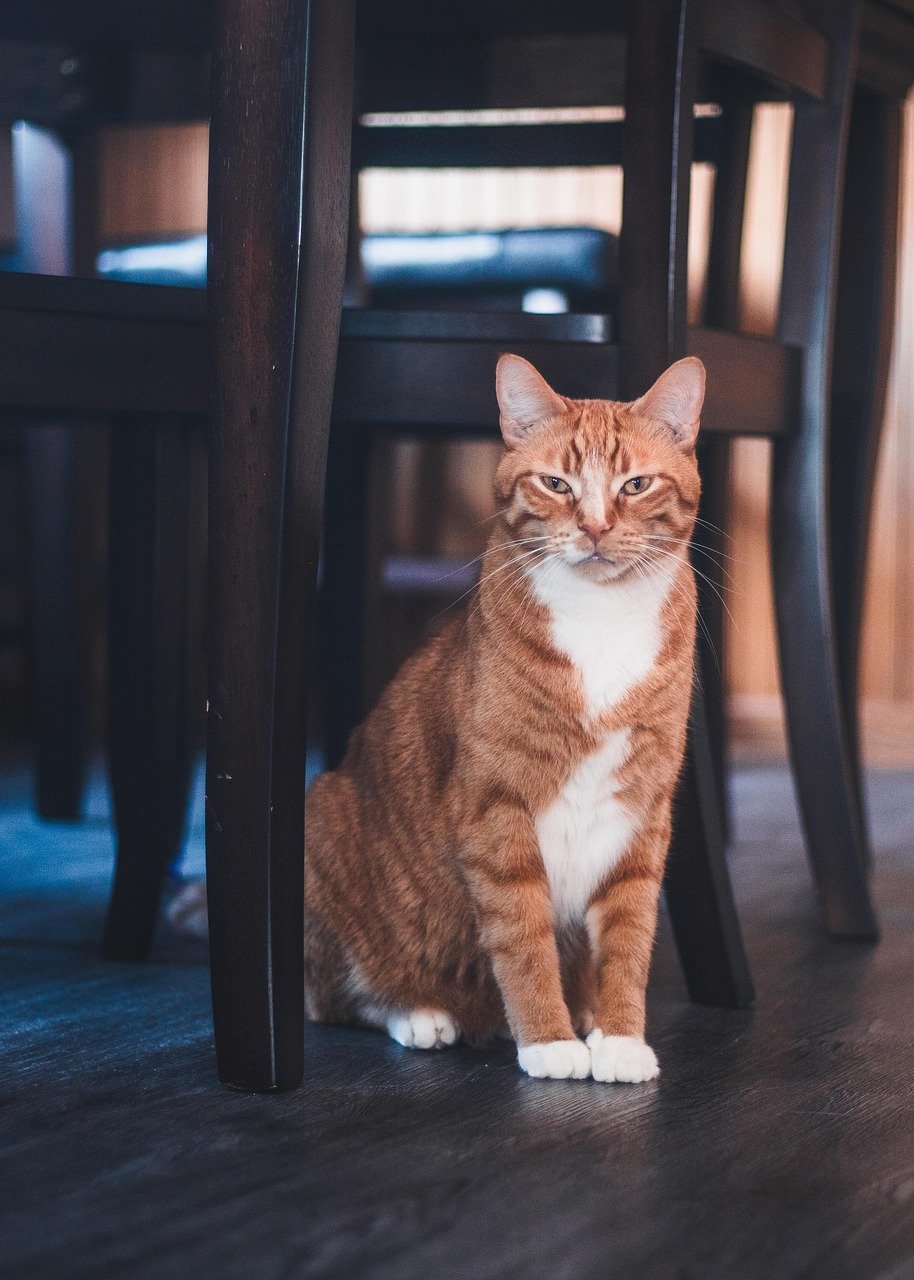
Cats not only mark their homes, but they also form strong attachments to the specific scents that fill their space. The smell of laundry, cooking, or even a favorite blanket becomes part of their emotional landscape. If you move to a new house, you might notice your cat sniffing every corner, searching for familiar scents that make it feel at home. Without these comforting smells, even the presence of a beloved human can sometimes feel less reassuring.
Visual Landmarks: Mapping the Territory

Cats are highly visual animals. They map out their home using visual cues, memorizing the layout and the location of favorite spots. A moved chair or a newly placed plant can be enough to unsettle them. Over time, these visual landmarks become part of the cat’s internal map, guiding them through their daily routines. When everything is in its place, cats feel confident and secure, strengthening their connection to the home itself.
Sounds That Signal Safety
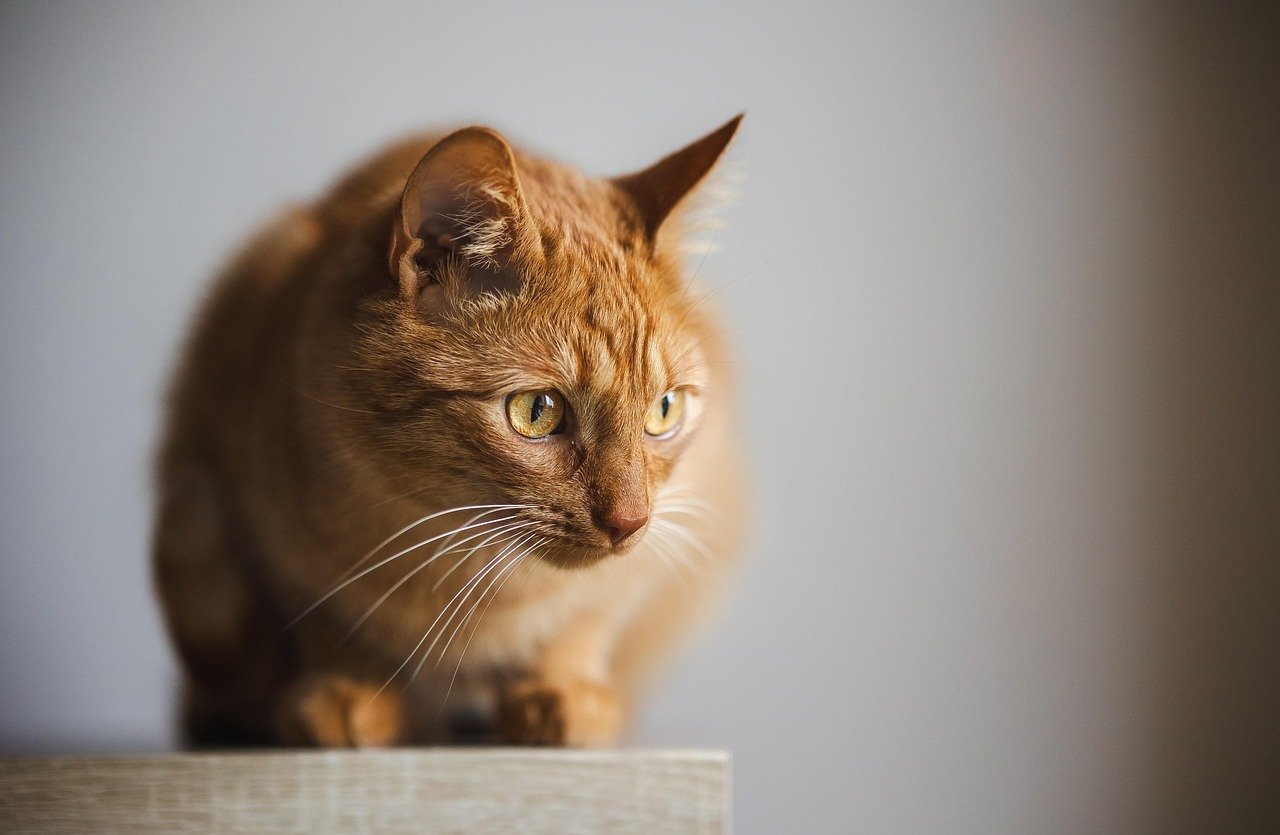
Just as scents and sights provide comfort, familiar sounds play a powerful role in a cat’s attachment to home. The hum of the refrigerator, the gentle creak of a floorboard, or the rhythmic ticking of a clock all signal normalcy. Sudden or unfamiliar noises, however, can send a cat running for cover. The symphony of everyday sounds reassures cats that all is as it should be, deepening their bond with their environment.
Sunbeams and Comfort Zones

Cats love to bask in warm, sunny spots. They often claim the same sunbeam on a windowsill or patch of light on the carpet day after day. These comfort zones become sacred spaces, offering a sense of peace and pleasure that’s hard to replace. When a home provides plenty of cozy, sunlit nooks, cats are more likely to develop strong attachments to it. It’s not just about comfort—it’s about the deep satisfaction of finding the perfect spot to relax.
Pheromones and Emotional Anchors
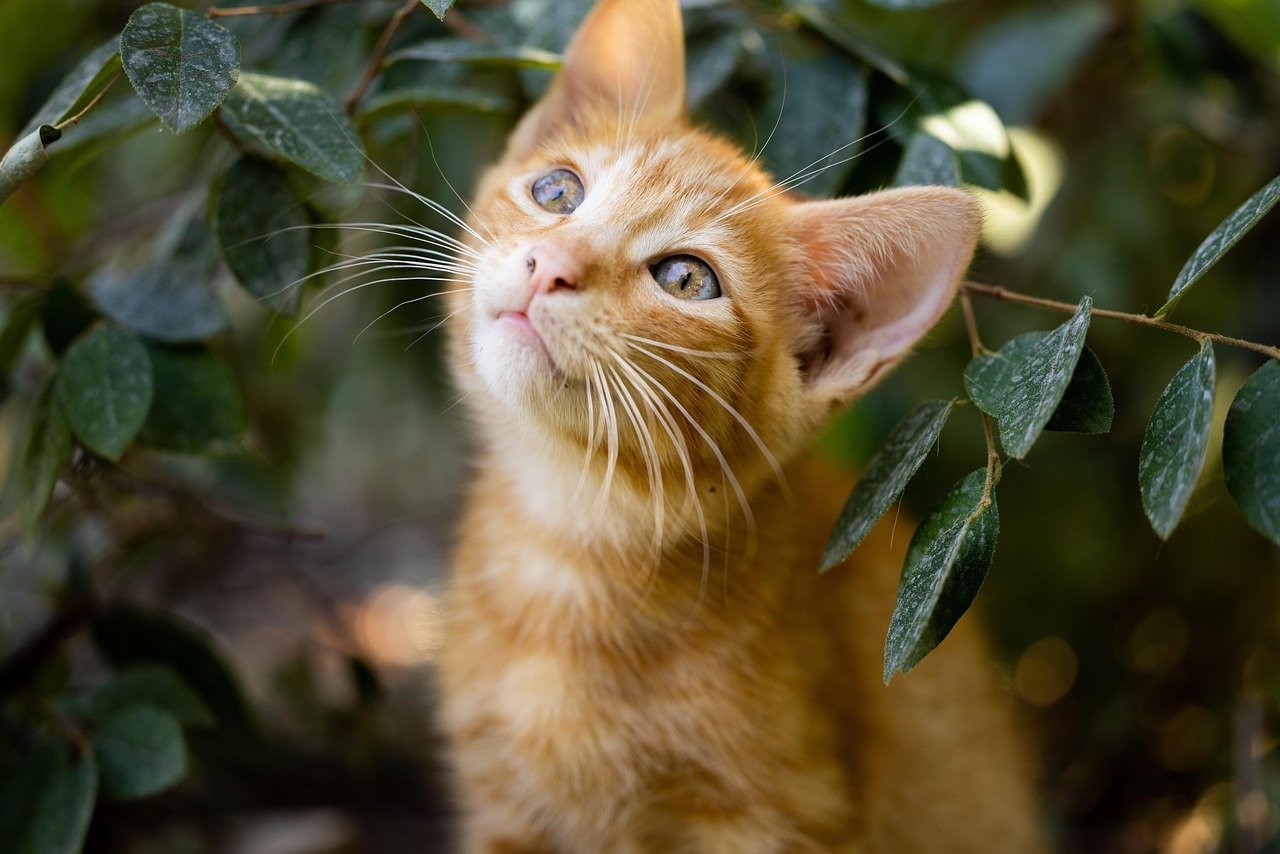
Through their scent glands, cats spread pheromones around their home to create an emotional anchor. These invisible chemical signals help regulate stress and foster feelings of happiness. Some owners even use synthetic pheromone diffusers to help new cats settle in. The more pheromones a cat deposits, the stronger its emotional tie to the home becomes. This biological process is a key reason why cats may struggle when moved to a new environment.
Past Experiences Shape Present Attachments
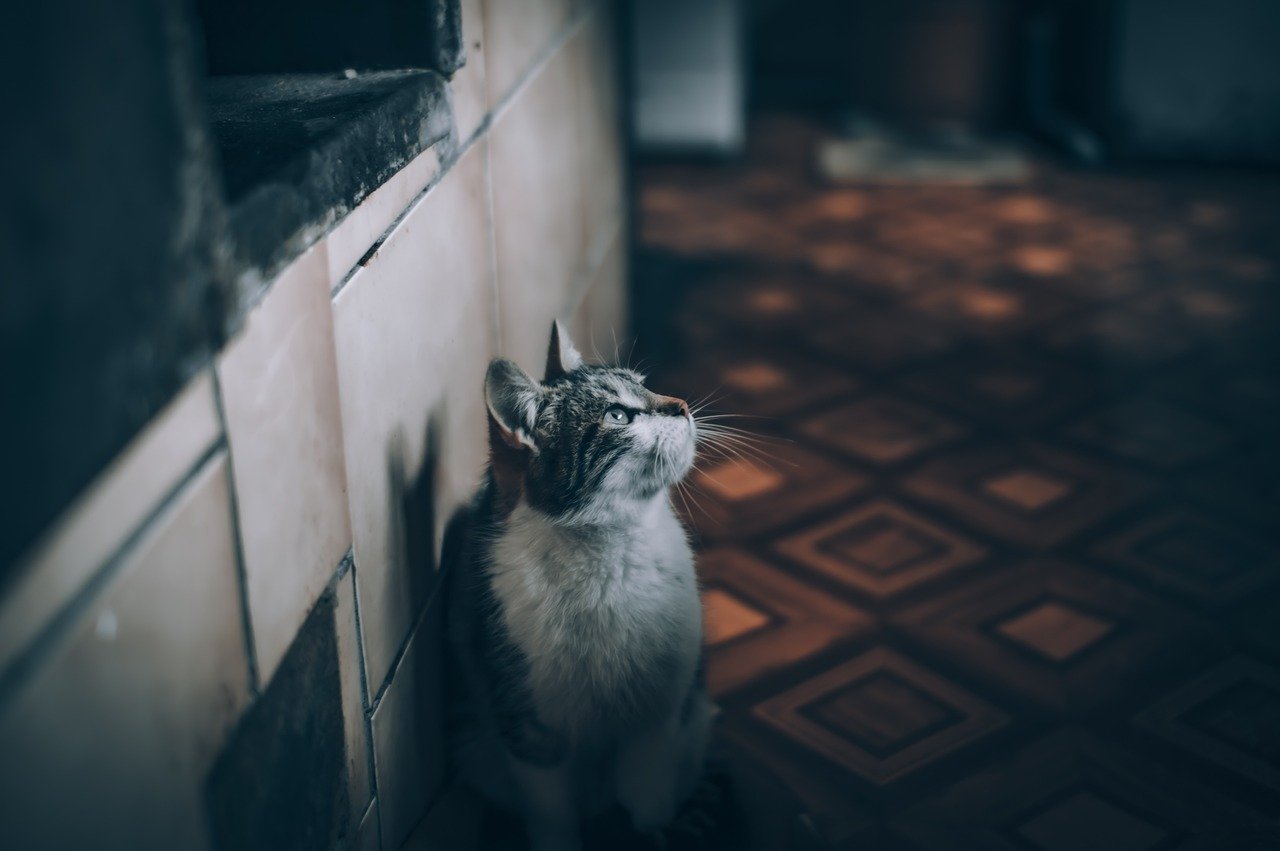
A cat’s history has a huge impact on how it bonds with its home. Cats that have experienced trauma, abandonment, or frequent moves often cling even more fiercely to a place once they feel safe. For these cats, the security of a stable environment can be more important than any human relationship. Their attachment to a home is sometimes a hard-won victory over a difficult past, making it all the more precious.
Social Structure Within the Home
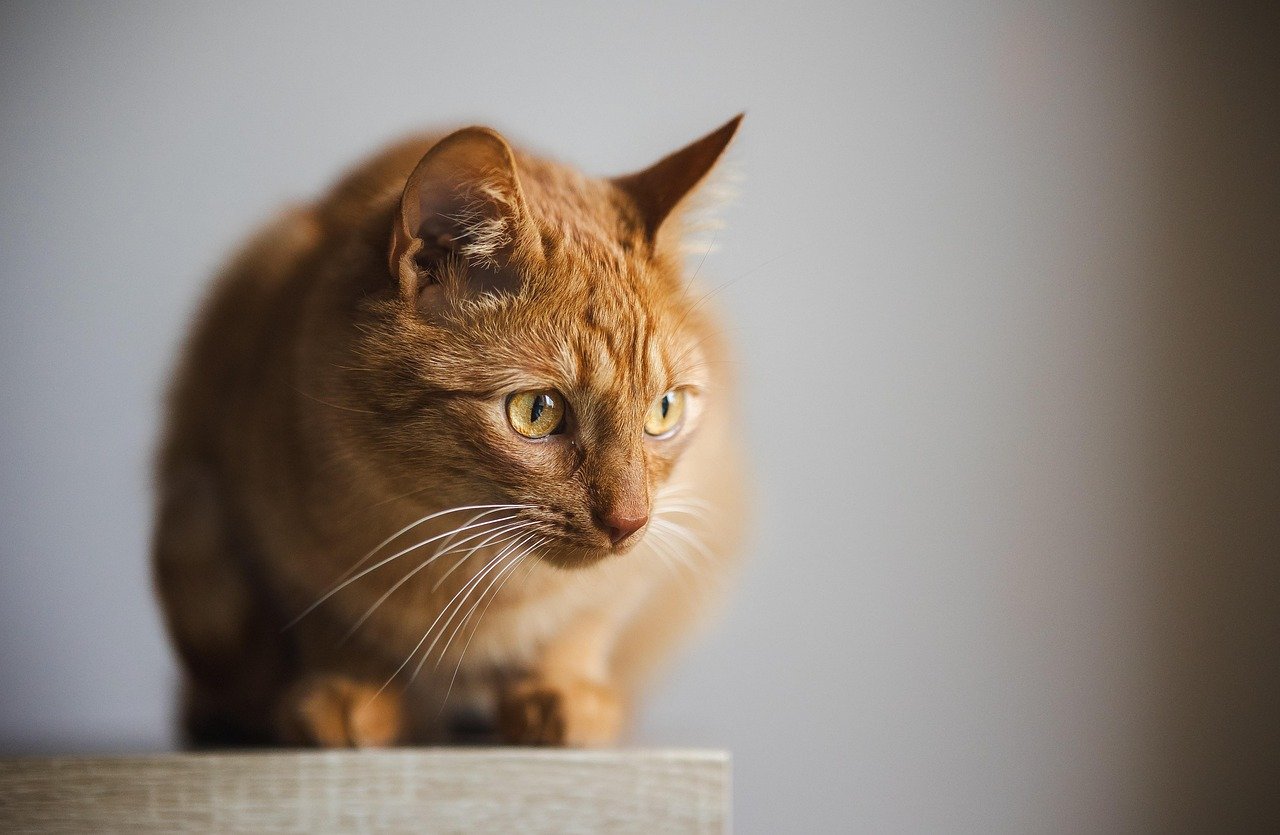
While cats may seem solitary, they actually create complex social maps of their territory. Every room, piece of furniture, and even the humans and pets living there are assigned a place in this social structure. By understanding and controlling their territory, cats maintain a sense of order and balance. This intricate social network is only possible because of their attachment to the physical space of the home.
Memory Triggers and Comfort Objects
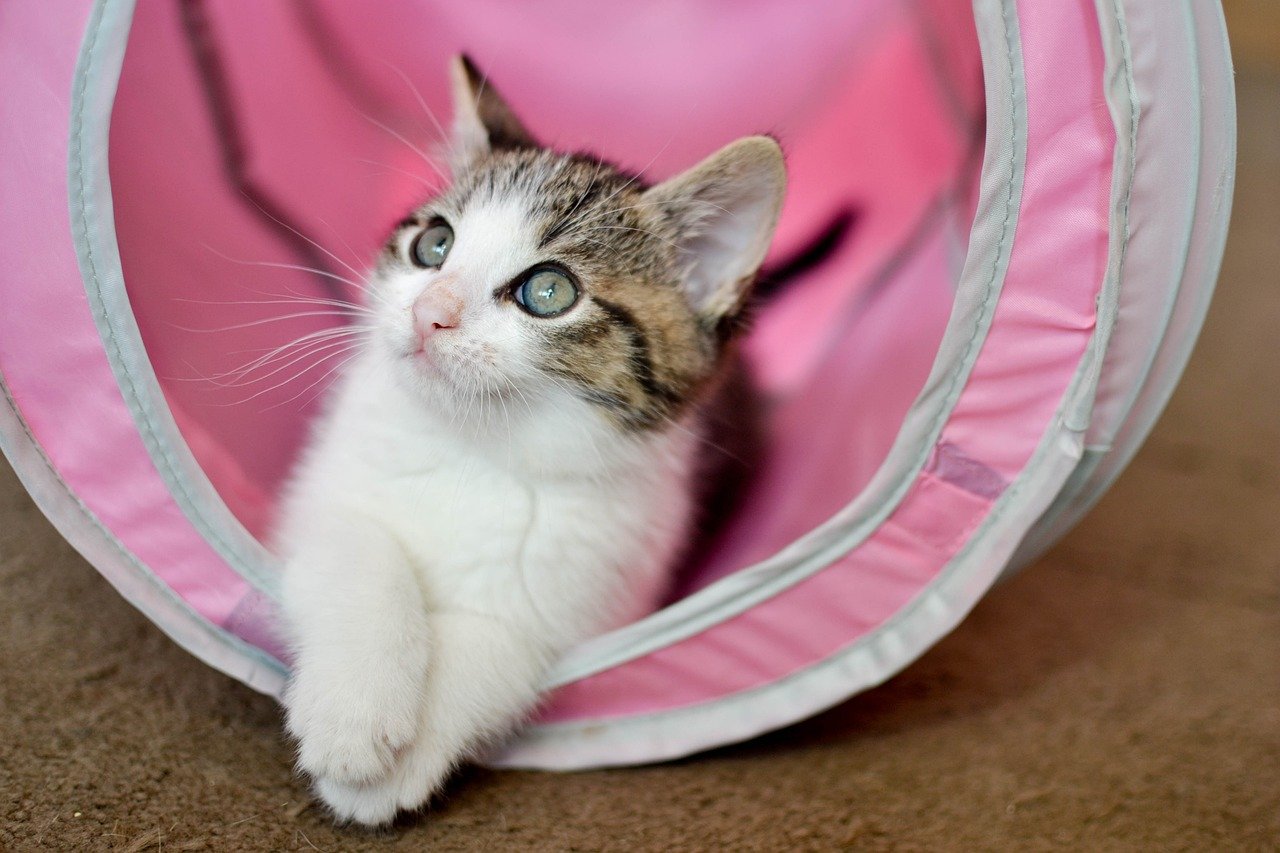
Cats have excellent memories for the things that matter to them. A favorite toy, a cherished blanket, or even a well-loved scratching post can become touchstones of comfort. These items are more than objects—they are repositories of memories and security. When a cat finds these familiar things in its home, it reinforces the sense of belonging and attachment to the space.
Fear of the Unknown
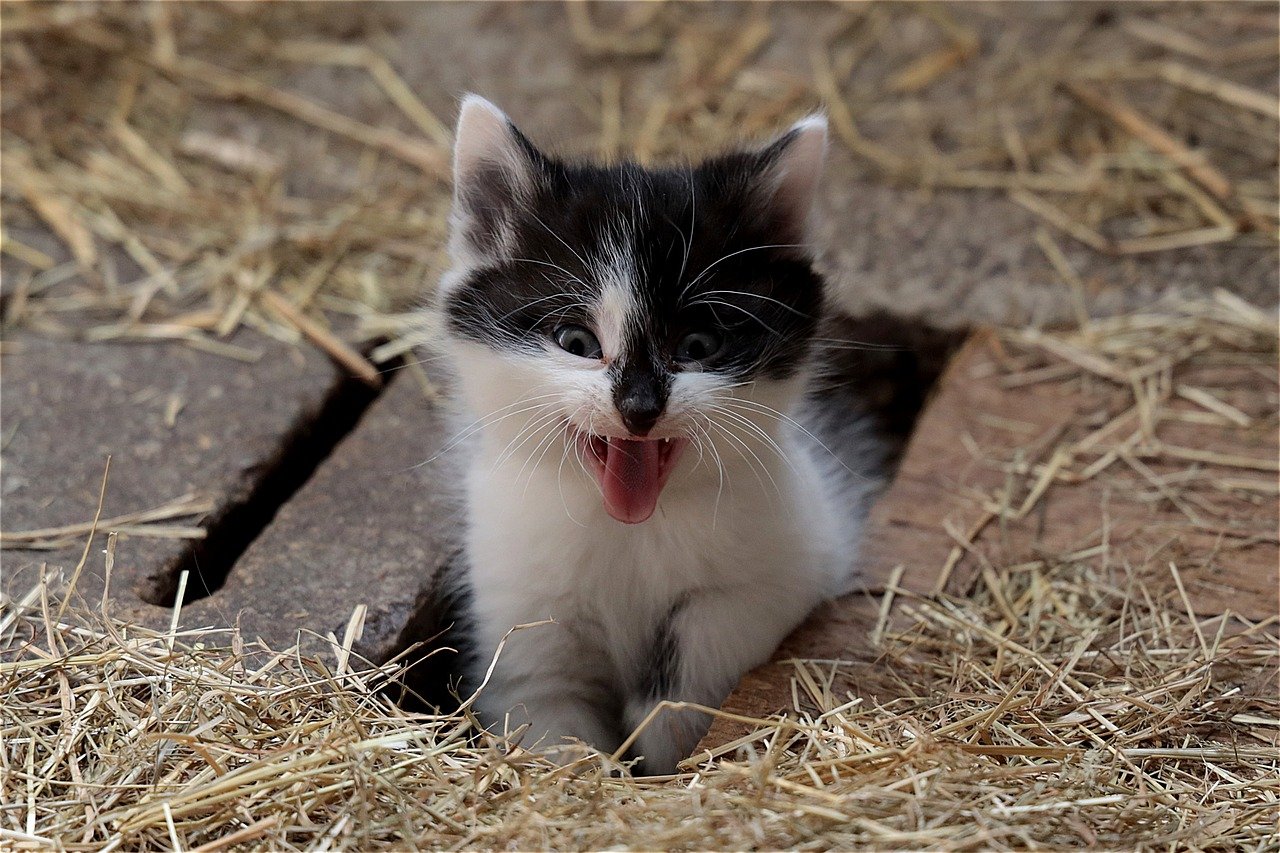
Cats are naturally cautious creatures. The prospect of a new environment can be overwhelming, filled with unfamiliar dangers and threats. This fear of the unknown is a major reason why cats prefer the safety of their established homes. The known world feels manageable, while the unknown is a source of anxiety. This natural wariness keeps cats close to home and makes them slow to adapt to change.
Home as a Resource Hub
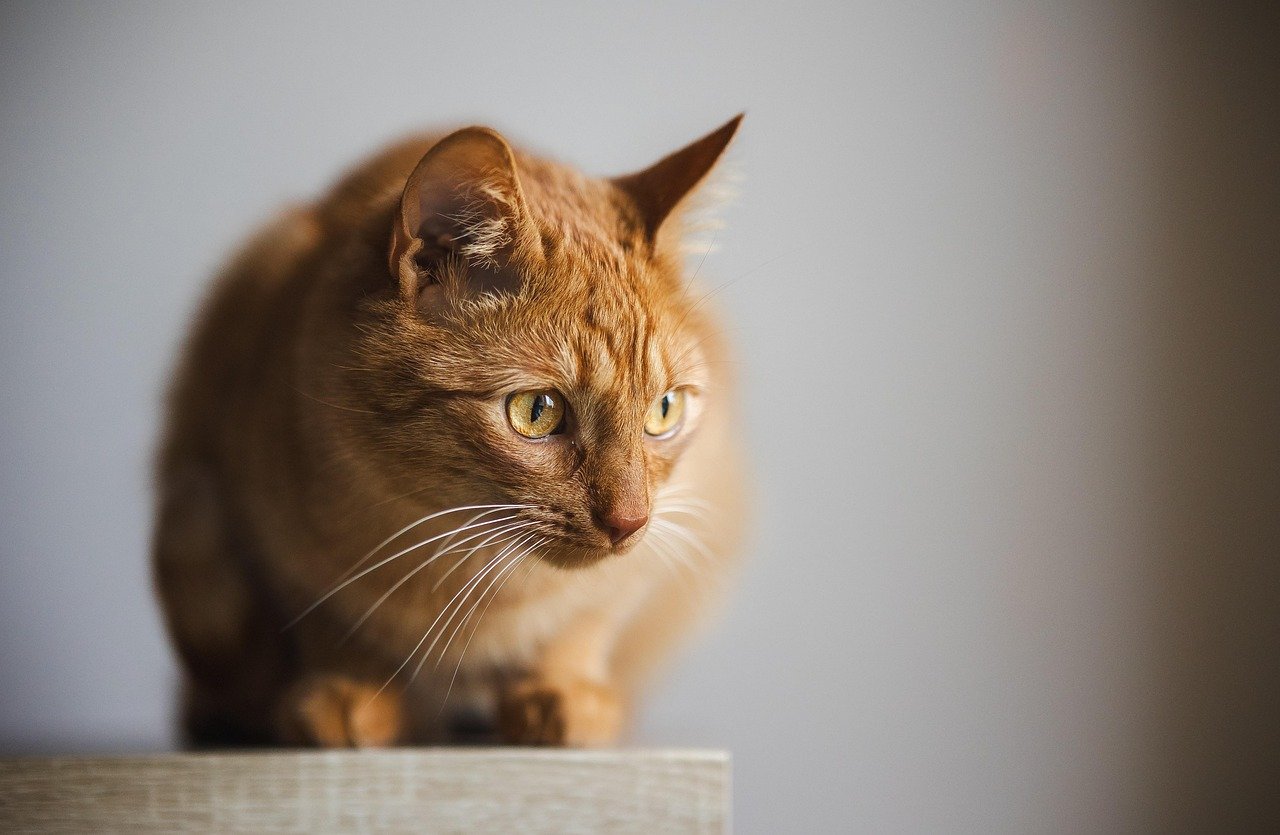
For a cat, a home is more than shelter—it’s where all essential resources are found. Food, water, litter boxes, and comfortable sleeping spots are all vital to a cat’s daily life. The location and consistency of these resources matter greatly. If a home provides everything a cat needs, the attachment to that place grows stronger. The predictability of having needs met in the same location each day builds trust and comfort.
Learning Through Exploration

Cats are natural explorers, but they prefer to investigate within the safety of their territory. Each corner, ledge, and cupboard is carefully examined and then added to the cat’s mental map of the home. This sense of mastery over their environment is deeply satisfying. Through exploration, cats build confidence and reinforce their attachment to the spaces they know best.
Interactions With Other Pets

The presence of other animals in the home can shape a cat’s attachment to the space. A harmonious relationship with a fellow cat or dog can make the home feel even more welcoming. On the other hand, tension or rivalry may push a cat to seek out specific hideaways or claim certain rooms as safe zones. These social dynamics add layers of meaning to the cat’s relationship with its home.
The Role of the Owner

While cats undeniably bond with their homes, the presence of a caring owner also plays a vital role. The routines you create—feeding times, play sessions, and quiet evenings together—all become part of the cat’s attachment to the space. Your scent, voice, and habits blend into the fabric of the home, making it a place where your cat can relax and be itself. This combination of place and person is often what makes a house truly feel like home to a cat.
Changes and the Challenge of Moving
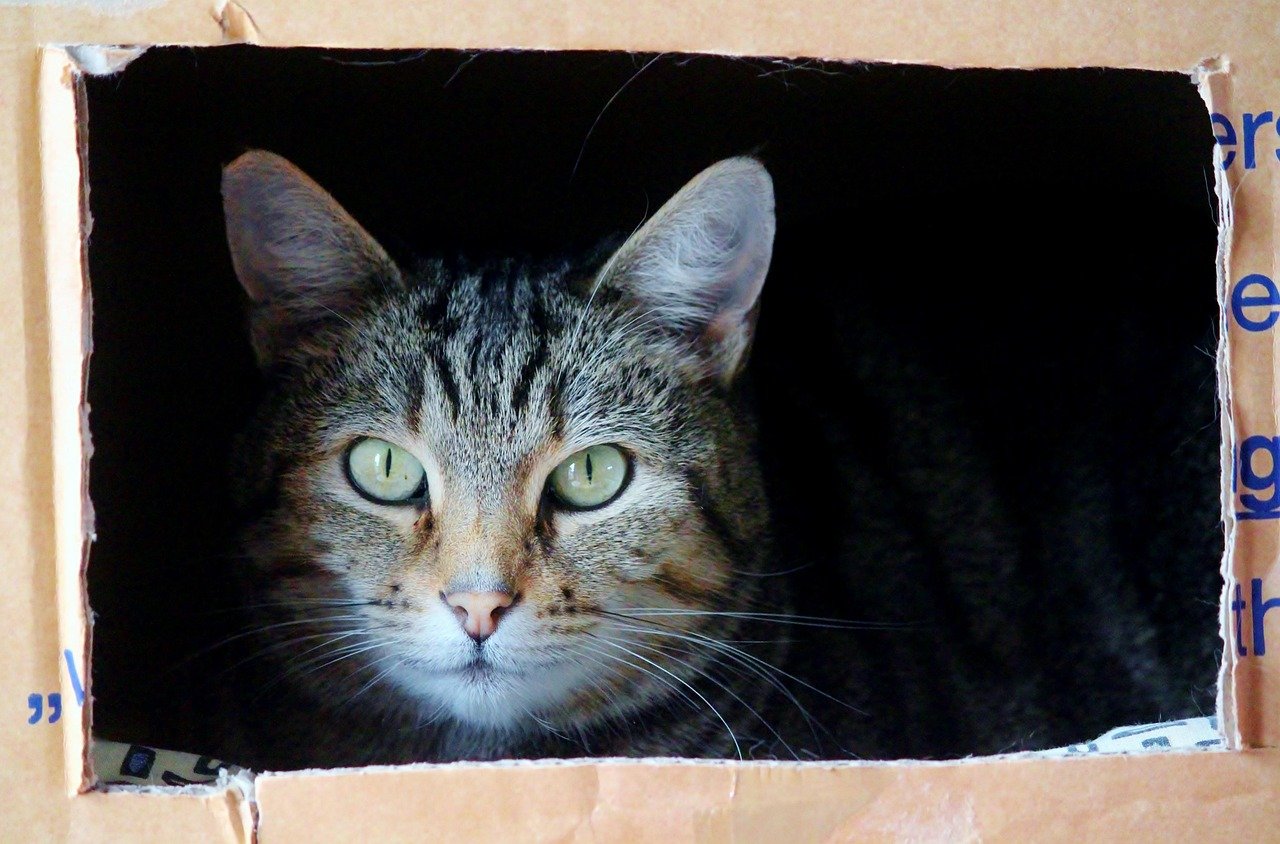
Few things unsettle a cat more than moving to a new house. The loss of familiar sights, smells, and routines can leave a cat feeling lost and anxious. Even with their favorite human by their side, cats may struggle to adjust. It can take weeks or even months for a cat to imprint on a new environment. This transition period highlights just how strong the bond to a specific home can be.
The Lasting Legacy of Home Attachment
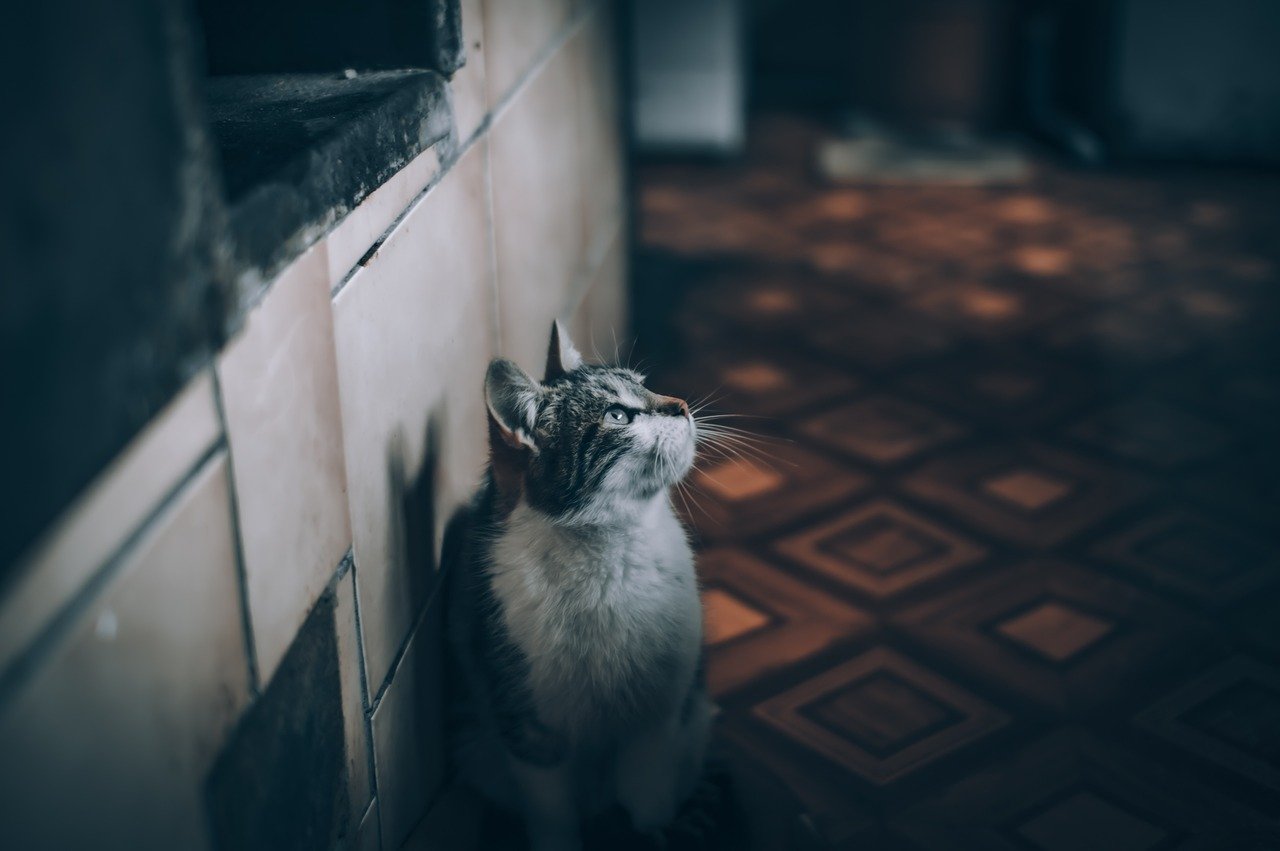
A cat’s attachment to its home runs deep and often lasts a lifetime. Even after years away, some cats have been known to find their way back to a former house, guided by memory and instinct. The home is more than bricks and mortar—it’s the center of a cat’s world, a place of comfort, safety, and belonging. For many cats, the attachment to home is a testament to the powerful connection between animal and environment.
Hi, I’m Bola, a passionate writer and creative strategist with a knack for crafting compelling content that educates, inspires, and connects. Over the years, I’ve honed my skills across various writing fields, including content creation, copywriting, online course development, and video scriptwriting.
When I’m not at my desk, you’ll find me exploring new ideas, reading books, or brainstorming creative ways to solve challenges. I believe that words have the power to transform, and I’m here to help you leverage that power for success.
Thanks for stopping by, Keep coming to this website to checkout new articles form me. You’d always love it!






